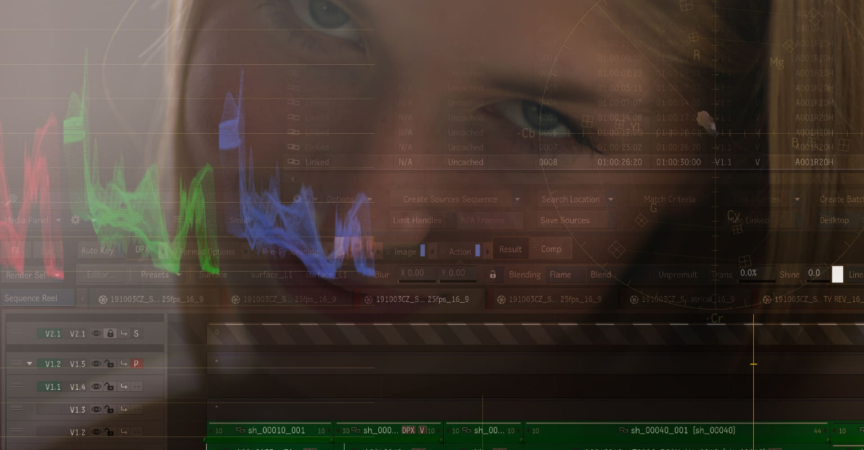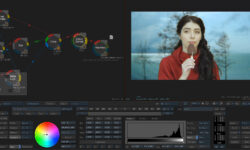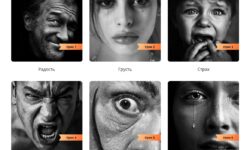CLASS 1: OVERVIEW, PROJECT SETUP, INITIAL CONFORM
After an overview of this course, we set up our bookmarks – once and for all – using the bookmark manager. After that, we dissect all the hurdles when conforming from Avid or Premiere and also learn how to fix timewarp Issues by hijacking Resolve. Finally, we cover library and folder setup inside of Flame for this project.
CLASS 2: BASIC CONNECTED CONFORM AND TOKEN NAMING
We delve into the intricacies of the connected conform. The differences between the sources and the shots sequence and consolidating our shots sequence to suit our requirements. Assignment of shot names using the token system.
CLASS 3: MARKER SYSTEM
After talking about naming conventions, an examination of the different types of markers in Flame, how they can be used for briefings and status updates, and how to get them out of Flame, both as burned-In metadata and as an actual file.
CLASS 4: BATCH GROUPS WORKFLOW
Reels are not just Reels. We’ll talk about Sequence Reels, Schematic Reels, Shelf Reels and, well, just normal reels. We’ll also talk about The Batch Groups and the way Iterations work, what they actually save at what time. Finally, we’ll use tokens to dynamically update our render nodes and use smart replace to keep our connected conform updated.
CLASS 5: BFX WORKFLOW
After a brief discussion of Timeline FX it is time to take a close look under the hood of the BFX Workflow, its strength and its weaknesses. After that, we’ll see how to set up a source segment connection and how it holds up to the shot sequence.
CLASS 6: SOURCE PUBLISH AND PATTERN BROWSING
Let’s share our work out to our co-workers by setting up a good sequence publish. After that, we’ll design a custom pattern to work with our file structure for pattern browsing. We’ll also see how to make pattern browsing work with changing clip lengths.
CLASS 7: SHOT PUBLISH WORKFLOW, PSD & OPENEXR IMPORT
The Shot Publish Workflow or .clip-Workflow is a fascinating way to externalise your media and setup management from flame. We’ll really take a close look at both how to set up a good Shot Publish Preset and how it works under the hood. After that, we’ll discuss importing both PSDs and OpenEXRs in an open and reliable way.
CLASS 8: UPDATING THE CONNECTED CONFORM
Using three different scenarios we’ll escalate our conform bit by bit so that in the end you should be confident to properly integrate any new or changed edit into your existing conform. This class is specifically showing cases using less-than-ideal conditions so that you can make your conform work no matter what.
CLASS 9: COLOUR MANAGEMENT PRIMER
Colour management in Flame is an extensive topic, so we focus on the things we need to know so that it fits into our workflow. We manage different colour spaces in a single timeline, discuss import and viewing rules, and talk about tagging a colour space vs. transforming material into another colour space. After that, we’ll take a look at viable strategies for publishing our work to external grading apps. To finish off the class, we see how to fit the effects tab and the image toolset into our workflow.
CLASS 10: MASTERING & ARCHIVING, PART 1
We start off by doing a proper reframing on our social media versions. After that we’ll examine quality control on our master thirty second version to make sure everything is ready for versioning. Using custom segment connections and the sequence reels as well as pinning and the Batch Groups, we very quickly turn our six edits into thirty versions in three different languages.
CLASS 11: MASTERING & ARCHIVING, PART 2
We discuss how the Masters should be properly exported and checked for errors before delivery. After that we discuss what gets added into our archive and what gets left behind. Memory considerations will be a big part go that discussion, as well as future-proofing our connected conform.





 Channel
Channel





